Medieval Warfare picks up where its sister magazine, Ancient Warfare, leaves off. Starting around 500 AD, Medieval Warfare examines the world during the Middle Ages up through the early years of the Renaissance (the magazine generally leaves off in the 16th century). While popular topics such as the Crusades and the Vikings are given regular coverage, Medieval Warfare also tackles more complex and obscure topics, ranging from the Umayyad Caliphate versus the Byzantine Empire to horse trading in 14th-century England.
Medieval World Culture & Conflict Magazine
MARGINALIA
A FAILED BETRAYAL?
“THE PEOPLE'S BEVERAGE” IN EUROPE'S MIDDLE AGES BEER AND BREWING
THE BENEDICTINES • Benedictine monasteries were the most widespread of all the religious houses found in medieval Western Europe. By the end of the twelfth century, there were men and women living according to these monastic customs across every settled region, from Iberia to Greenland. They even pioneered colonies on small, remote, and scarcely habitable islands around the coasts of Ireland, Scandinavia, Scotland, and Wales. By the turn of the fifteenth century, Benedictines were among the first monastics to cross the final pagan frontier of Poland-Lithuania. They were also represented on Cristóbal Colón's second voyage to the Caribbean in 1493.
Book craft
Benedictine women
SAINT BENEDICT AND HIS RULE • Saint Benedict of Nursia (ca. 480-547) was a Christian monk, theologian, and founder of the Benedictine Order of monasticism. His name and legend became well-known in Europe within a century of his death.
THE BENEDICTINE REVOLUTION • For centuries, the Benedictine rule was just one of several such rules available to those interested in following a monastic life. Indeed, the very idea of monasticism as we might understand it – men and women living in community under vows of poverty, chastity, obedience, and stability (a promise to remain in the monastery) – was yet to be fully developed in these early centuries.
THE PLAN OF ST. GALL • Around the year 1600, a monk discovered an oddly folded “booklet” in the library of St. Gall Abbey, containing the Life of St. Martin. It was only when the monk turned the sheet over that he saw there a large drawing in red ink with some 350 inscriptions, explanatory labels, filling one complete side of the sheet: the Plan of St. Gall.
WESTMINSTER ABBEY • The Westminster Abbey that we see today at the centre of national political life, in which millions watched the coronation of Charles III, is the creation of Henry III (r. 1216-1272). Henry III's Abbey was built to impress, in the architectural style then popular in Europe, and lavishly furnished and decorated.
BADGES AND LIVERIES • Badges and liveries are often discussed as if they are an integral part of heraldry, but they were distinct forms of display. They served different functions than heraldry.
DEMONS, DJINNS, AND DEVILS • The peoples of the ancient and medieval Middle East feared the howling winds that swept across the deserts of Arabia, believing malevolent spirits, demons, and deities rode them, bearing misfortune. Known as djinn, these spirtis inhabited these desolate landscapes, making the desert a place of fear and the unknown; a place where the lines between the worlds and dimensions blurred, and encounters with the supernatural could become a reality.
DID YOU KNOW?
THAT'S NO BALONEY! • In the Middle Ages, sausage was eaten in abundance: fresh, smoked, dried, and flavored with many ingredients. It was also a tasty way to preserve meat and to process the whole animal. For example, blood, liver, and meat trimmings disappeared into the intestines of the slaughtered animal. The most famous sausage in history is the mortadella. It is a type of sausage that consists of about sixty percent pork,...
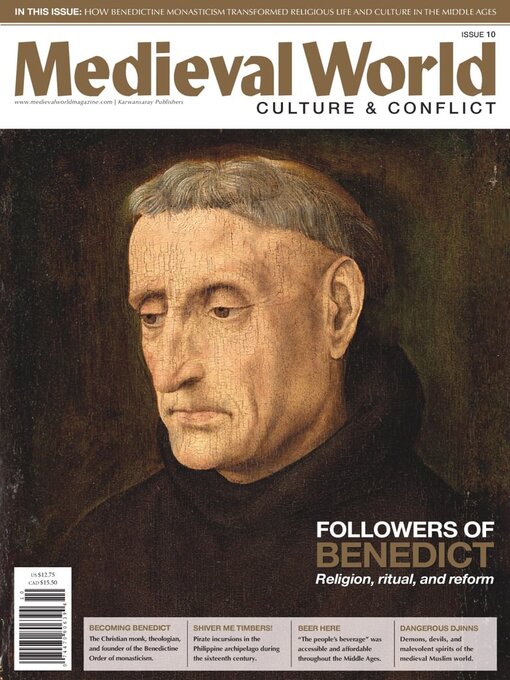
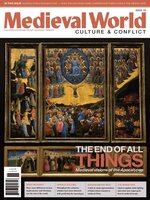 Issue 19 - 2025
Issue 19 - 2025
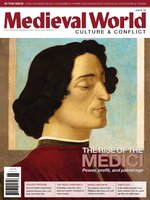 Issue 18 - 2025
Issue 18 - 2025
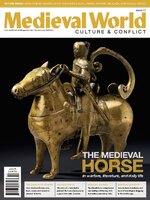 Issue 17 - 2025
Issue 17 - 2025
 Issue 16 - 2025
Issue 16 - 2025
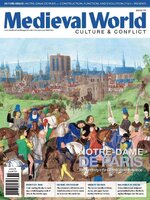 Issue 15 - 2024
Issue 15 - 2024
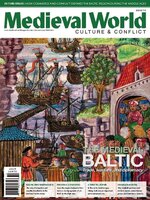 Issue 14 - 2024
Issue 14 - 2024
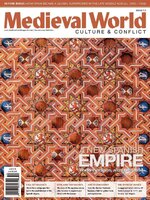 Issue 13 - 2024
Issue 13 - 2024
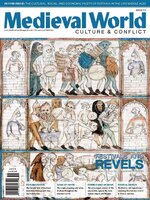 Issue 12 - 2024
Issue 12 - 2024
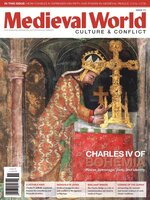 Issue 11 - 2024
Issue 11 - 2024
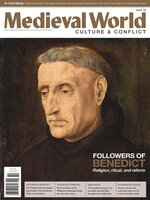 Issue 10 - 2024
Issue 10 - 2024
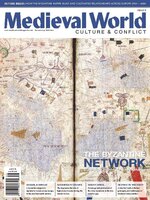 Issue 9 - 2023
Issue 9 - 2023
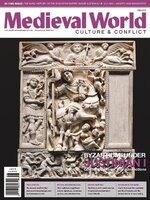 Issue 8 - 2023
Issue 8 - 2023
 Issue 7 - 2023
Issue 7 - 2023
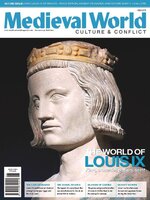 Issue 6 - 2023
Issue 6 - 2023
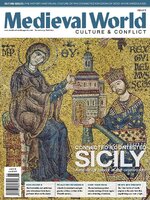 Issue 5 - 2023
Issue 5 - 2023
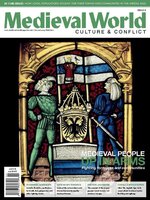 Issue 4 - 2022
Issue 4 - 2022